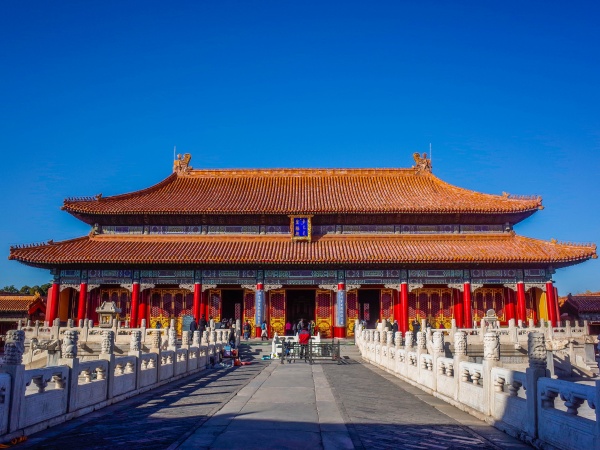The Forbidden City
The Forbidden City, constructed between 1406 and 1420, is renowned as the largest imperial palace in the world, approximately three times larger than the Louvre Palace in France. It is also one of the largest and best-preserved wooden structures globally. Throughout its history, 24 emperors have resided within its walls.
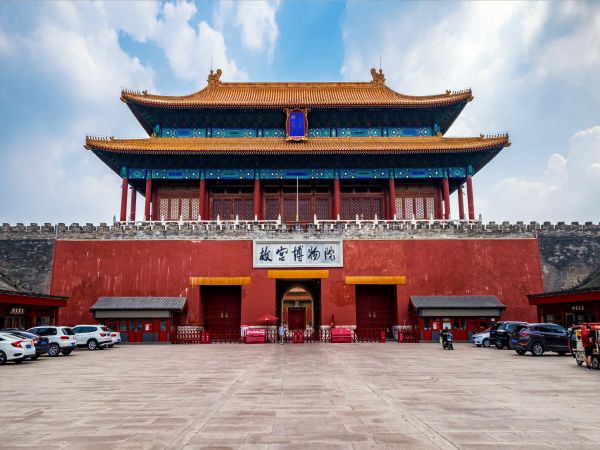
Facts of the Forbidden City
Covering an area of 72 hectares, the Forbidden City is said to contain 9,999.5 rooms. The inclusion of half a room meant to avoid angering the Heavenly God, who is believed to have 10,000 rooms in his celestial palace.
According to measurements taken on-site in 1973, 8,707 rooms have been preserved. There's a metaphor that if a person were to stay in a different room every day without repeating from the day they were born, they would cover all the rooms in the Forbidden City by the age of 27.
Designated as a World Cultural Heritage Site, the Forbidden City represents the center of power in China's feudal society and serves as a testament to its modern history.
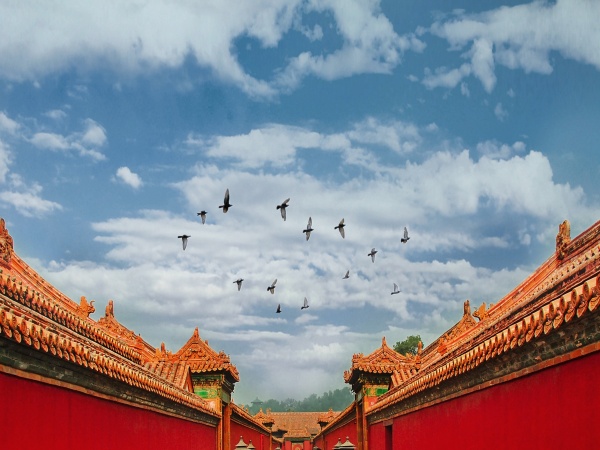
Why is the Palace Called the Forbidden City?
The name "Forbidden City" is derived from the Chinese term 紫禁城 (Zijincheng), which translates to "Purple Forbidden City".
The color purple is significant, originating from the star 紫微帝星 (Ziwei Dixing), known as the Purple Star, which symbolized the emperor in ancient Chinese astronomy. Today, this star is recognized as the Polar Star.
During imperial times, entering the palaces without permission could be fatal, and ordinary people were not even allowed to approach the area. This is why the palaces are referred to as "forbidden".
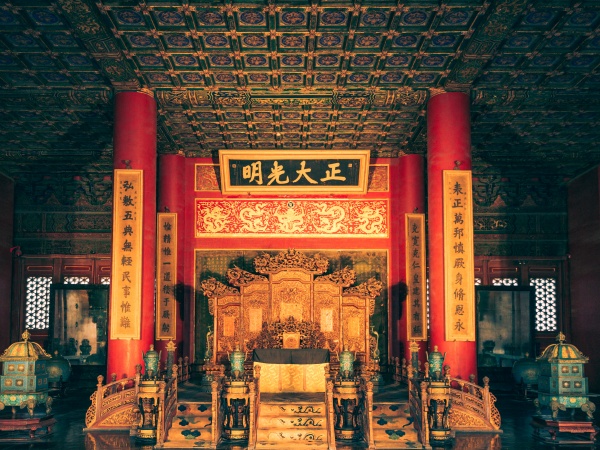
The entire palace complex is oriented from south to north, much like a compass pointing toward the distant Polar Star. This layout reflects the emperor's authority, as he was regarded as the "Son of Heaven".
In China, the palace is also commonly referred to as 故宫 (Gugong), meaning "Former Palace".
Highlights of The Forbidden City
The Forbidden City is so vast that it's nearly impossible to explore every corner in a single day. Visitors typically follow one of three main routes: the Central, Eastern, or Western routes.
The Central Axis
The Central Axis route guides you through the most prominent halls of the Forbidden City. This pathway usually takes about 2 to 3 hours to traverse from south to north, making it the most popular choice for first-time visitors.
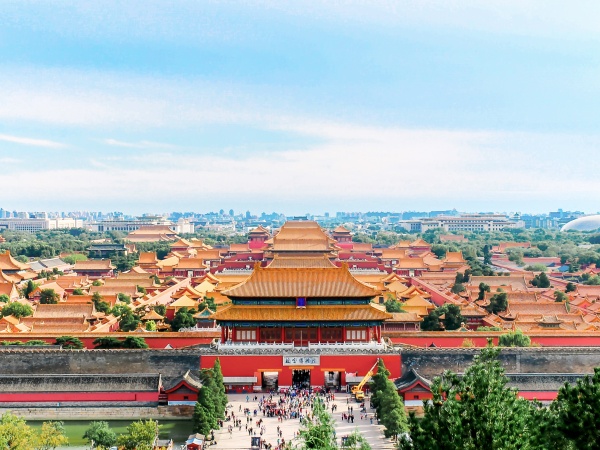
Entering the Forbidden City
Travelers enter the Forbidden City through the Meridian Gate (午门), a grand structure featuring U-shaped gates. In ancient times, this central gate was reserved exclusively for the emperor, while other officials used the smaller gates on the sides. Today, visitors can pass through the central gate, experiencing the same grand entrance as the emperors of old days.
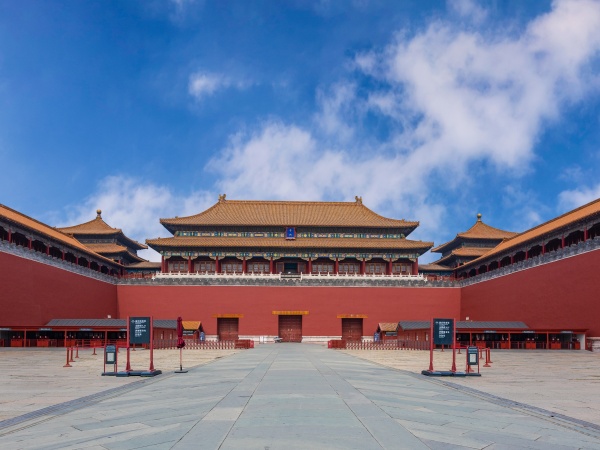
As you continue forward, you'll cross the five Golden Water Bridges (金水桥) and pass through the Gate of Supreme Harmony (太和门), leading you to the three main halls: the Hall of Supreme Harmony, the Hall of Central Harmony, and the Hall of Preserved Harmony.
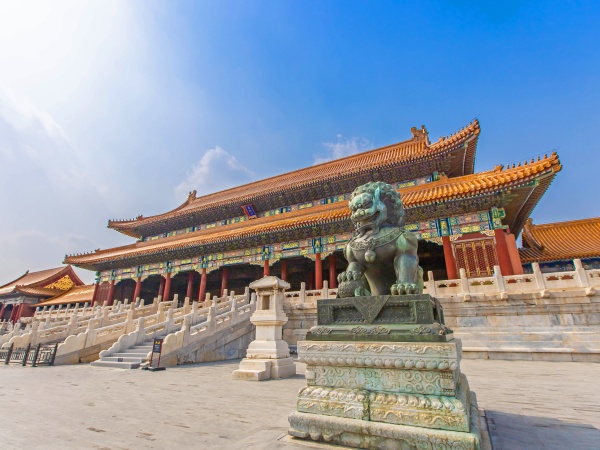
The Three Main Halls
- Hall of Supreme Harmony (太和殿): Commonly known as the Dragon’s Throne Hall, this is where emperors sat on the dragon’s throne to conduct official meetings. It is the largest structure in the palace, covering an area of 2,377 square meters and standing 35 meters tall, making it the tallest building in the capital at that time.
- Hall of Central Harmony (中和殿): Located north of the Hall of Supreme Harmony, this hall served as a resting place for emperors before official meetings.
- Hall of Preserved Harmony (保和殿): The northernmost of the three main halls, this hall was used for imperial banquets and examinations.
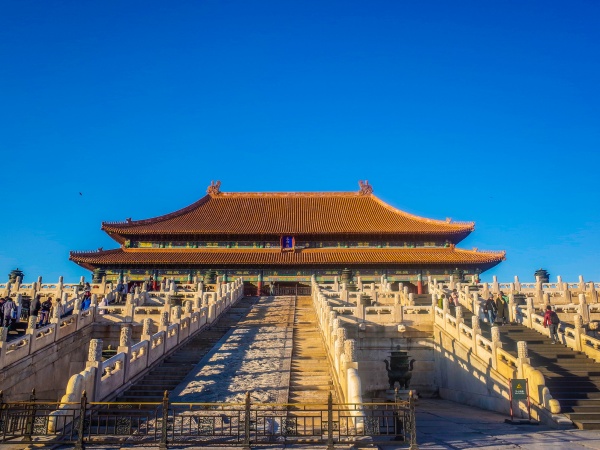
The Three Central Halls
After passing through the three main halls, you will arrive at the Gate of Heavenly Purity (乾清门), which marks the boundary between the outer and inner courts of the Forbidden City. Beyond this gate lies the Palace of Heavenly Purity (乾清宫), the emperor's living quarters and office.
Next, you will encounter the Hall of Union Peace (交泰殿), where the empress celebrated her birthday. This hall also housed the royal jade seals.
The last of the three central halls is the Palace of Earthly Tranquility (坤宁宫). Originally the empress's bedchamber, it later served for Shamanic sacrifices and hosted several imperial weddings, including that of the last emperor, Pu Yi.
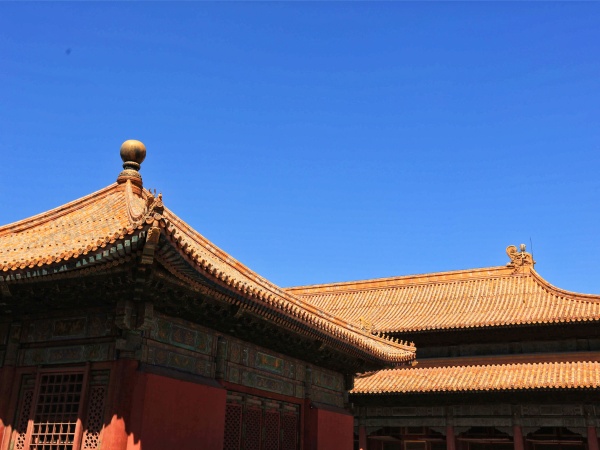
The Imperial Garden
Located near the northern gate, the beautiful Imperial Garden features rockeries, ancient pavilions, and rare plants. After exploring the halls, it is a perfect spot to relax and unwind.

The Treasures & Antiques
The Forbidden City houses 1,862,690 cultural relics, within which are countless jewels, clocks, paintings, ceramics, bronze wears, carvings, stationery, toys, etc.
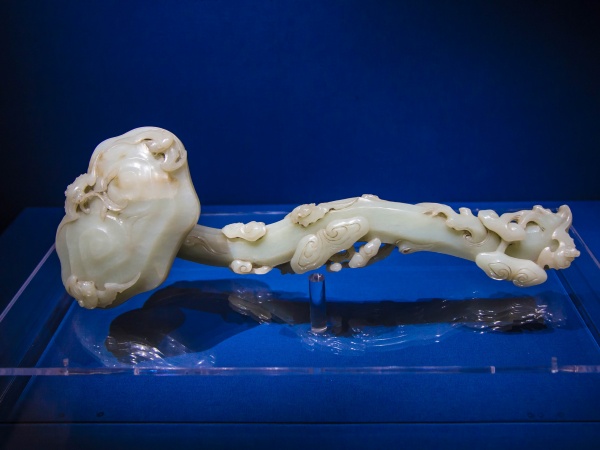
The suggested places to admire the treasure exhibitions are the Treasure Gallery and Clock Museum, both locate the northeast area of the Forbidden City.
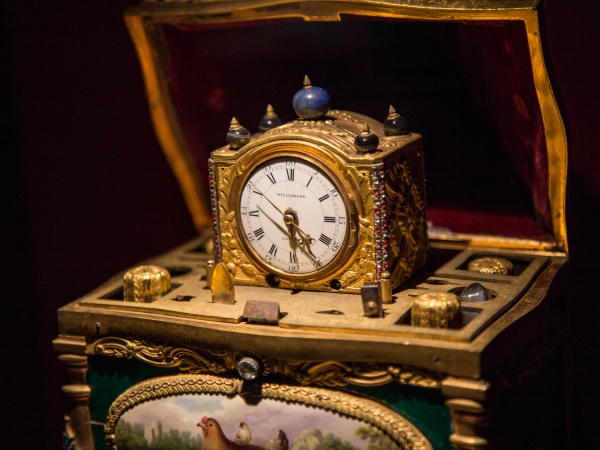
Palaces on the East & West Wings
There are about a dozen of smaller palaces on the east and west wings of Forbidden City. If the halls along the central axis show the absolute power of the emperors, these smaller palaces, with the attached yards and gardens, show the daily life of the emperors, his empress and concubines. If you are seeking an in-depth knowledge of this ancient palace, visit some of the smaller palaces after the main halls is a good choice.
